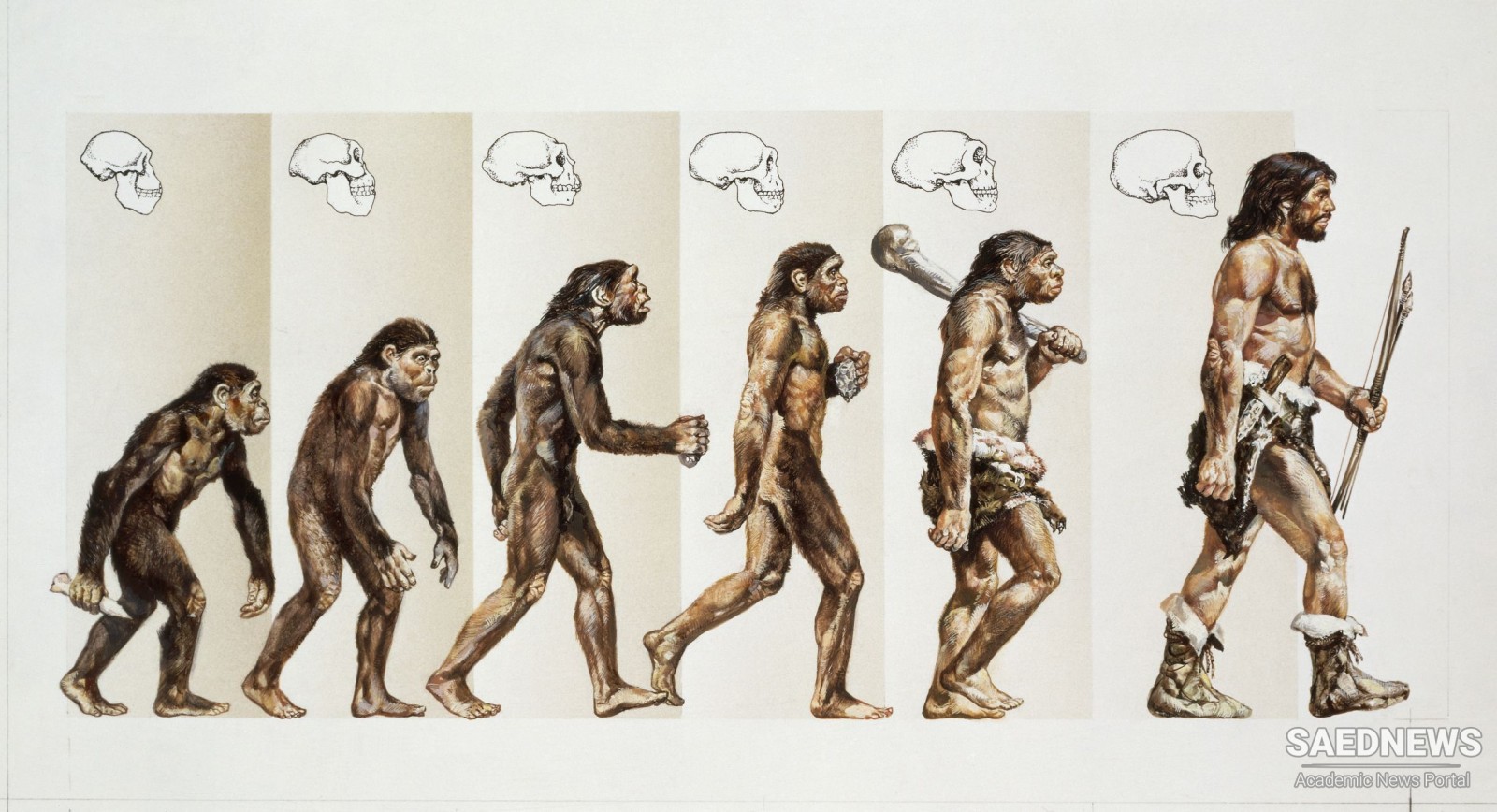Some 25 or 30 million years ago, as desiccation began to reduce the area of the forests, competition for diminishing forest resources became fiercer. Environmental challenge and opportunity appeared where the trees and the grasslands met. Some primates, not powerful enough to hold on to their forest homes, were able, because of some genetic quality, to penetrate the savannahs in search of food and could meet the challenge and exploit the opportunities. Probably they had a posture and movement marginally more like that of men than, say, that of the gorillas or chimpanzees. An upright stance and the capacity to move easily on two feet make it possible to carry burdens, among them food. The dangerous open savannah could then be explored and its resources withdrawn from it to a safer home base. Most animals consume their food where they find it; man does not. Freedom to use the forelimbs for something other than locomotion or fighting also suggests other possibilities. We cannot confi rm what the fi rst ‘tool’ was, but primates other than man have been seen to pick up objects which come to hand and wave them as a deterrent, use them as weapons, or investigate and expose possible sources of food with their aid. The next step in the argument is enormous, for it takes us to the first glimpse of a member of the biological family to which both man and the great apes belong. The evidence is fragmentary, but suggests that some 15 or 16 million years ago a very successful species was widespread throughout Africa, Europe and Asia. Probably it was a tree-dweller and certainly specimens were not very large – they may have weighed about forty pounds. Unfortunately, the evidence is such as to leave it isolated in time. We have no direct knowledge of its immediate forebears or descendants, but some kind of fork in the road of primate evolution seem to have occurred to its later relatives, often called hominids, around 5 million years ago. While one branch was to lead to the great apes and chimpanzees, the other led to human beings. This line has been named hominin. It is likely that the separation of these groups was a relatively slow process, occurring over millions of years, with episodes of interbreeding taking place. During that time big geological and geographical changes must have favoured and disfavoured many new evolutionary patterns.


 What Was There in the Age Before History?
What Was There in the Age Before History?














































